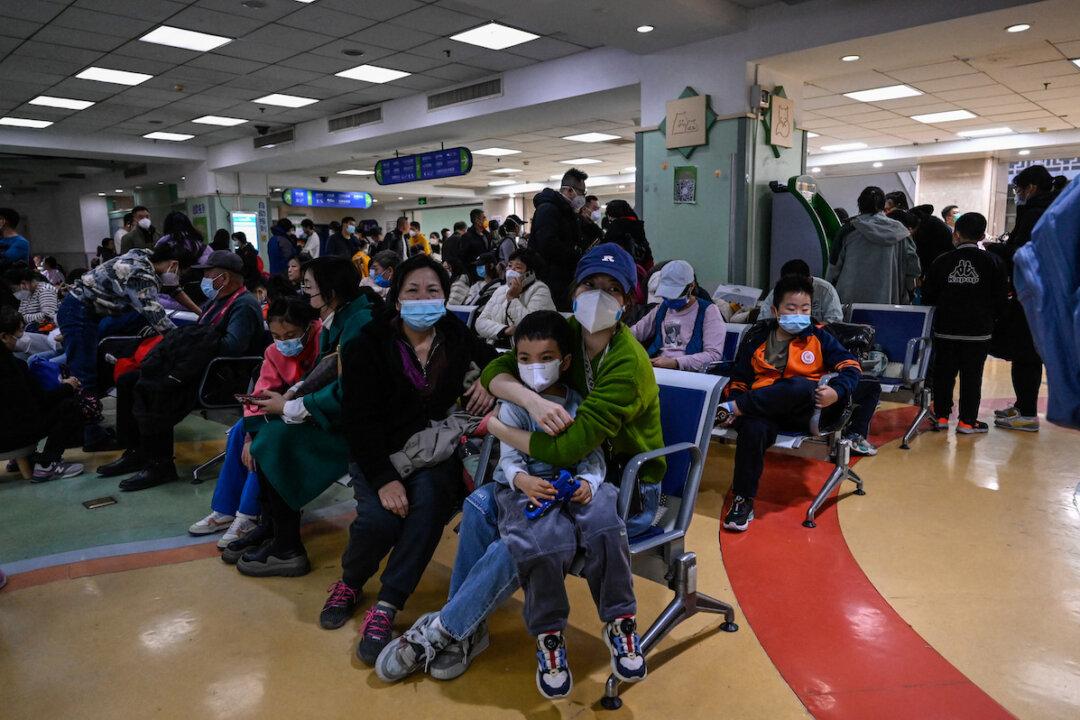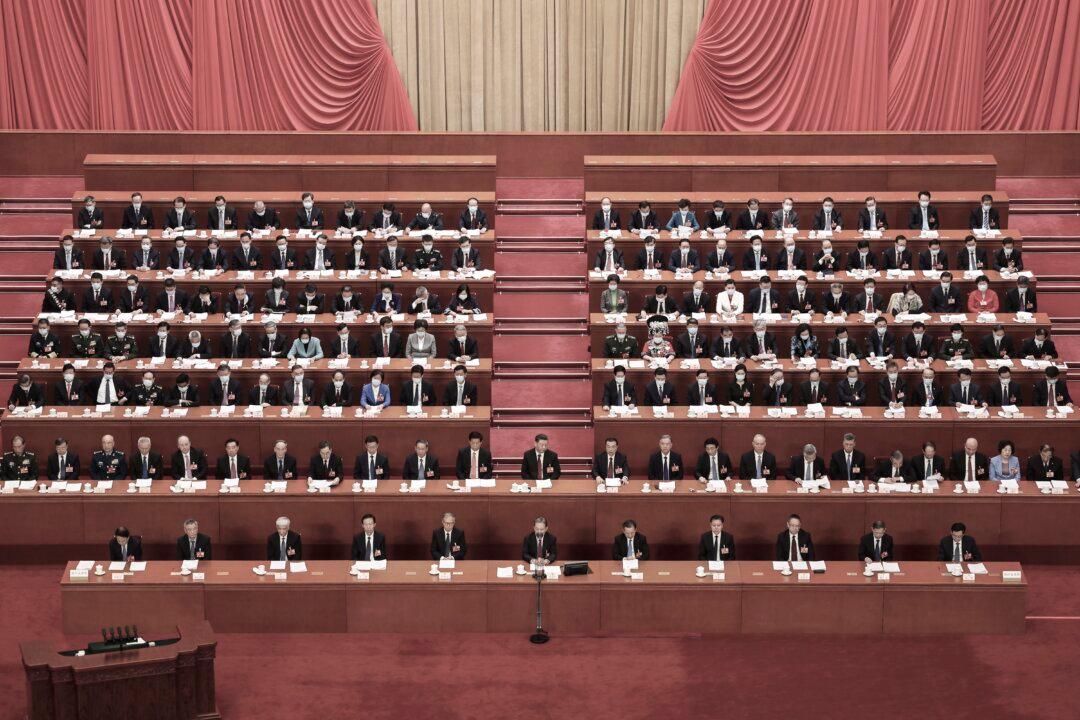A sudden rise in infection cases with fever symptoms broke out among large numbers of youngsters in various parts of China. The Chinese Communist Party (CCP) blamed the surge on mycoplasma pneumonia, while ProMED, an international medical organization, considers it an “undiagnosed” and “unusual” quickly-spreading respiratory disease based on the symptoms.
This outbreak among children has been rapidly spreading across multiple provinces and cities in China since November. On Nov. 22 alone, nearly 3,000 outpatients and requests for fluid infusion occurred at Beijing Children’s Hospital. On the same day, hundreds of minors, accompanied by anxious parents or relatives, lined up at the emergency rooms of Peking University’s First Hospital of Obstetrics and Pediatrics and the Beijing Pediatric Research Institute Hospital.




